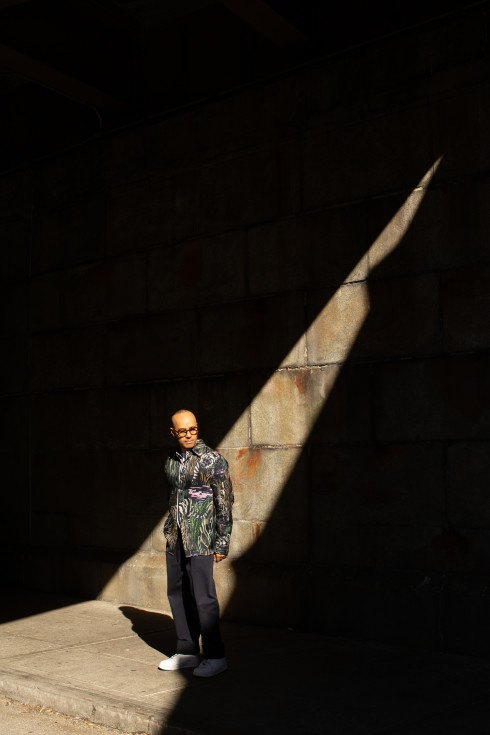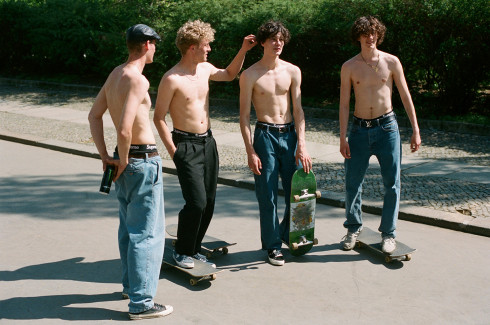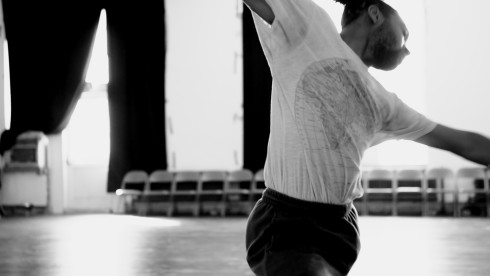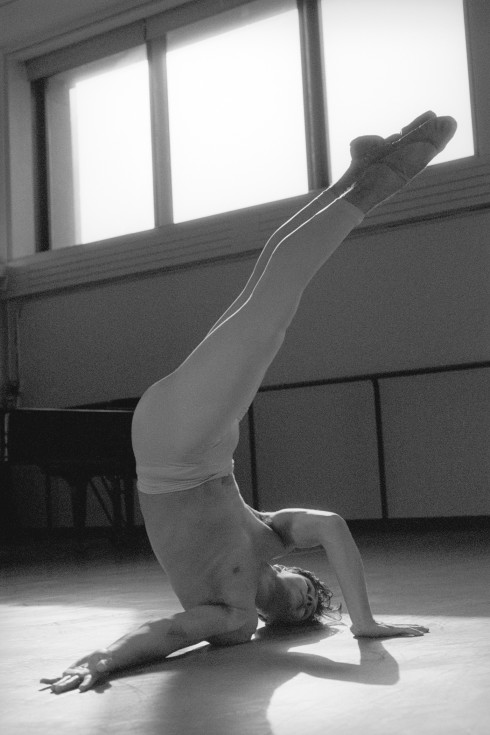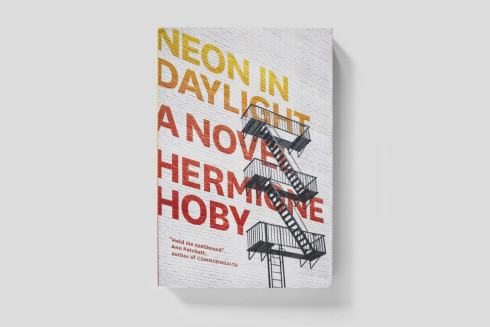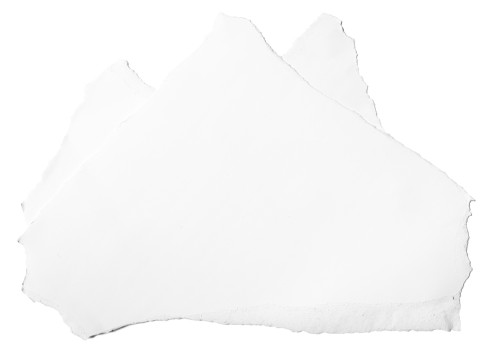NEIGHBORING SOUNDS
A dear friend of mine and fellow cineast told me that a good film is nothing but a few great scenes and no bad ones. Watching Neighboring Sounds, by first-time feature film director Kleber Mendonça Filho, I am inclined to believe he is right. Mendonça, a former film critic, makes a complete departure from classical structure and brings us a vibe reminiscent of the French New Wave. He does what I believe a filmmaker should do—he turns the camera on us: real people who live real lives. Like a silent ghost, Mendonça’s camera sneaks from home to home and peeks at the people who think that no one is watching.
There is no obvious story in the traditional sense: a protagonist in pursuit of a goal through a forward-moving chain of events. Rather, Neighboring Sounds is an exposé of middle class life in Recife, Brazil, that above all else offers an enlightened view of human relations. What is interesting in the film is what we find interesting in real life. There are no special effects or supernatural interventions. This is human behaviour under the microscope. It is explored in three chapters: “Watch Dogs,” “Night Guards,” and “Body Guards.” There are a multitude of surveillance cameras and secret voyeurs. In essence, it is a study of how disparate people of various social classes coexist in an interlocking web of codependency.
What makes Neighboring Sounds especially engaging is that Mendonça tells his drama like a ’70s horror film. With a Hitchcockian mastery of suspense and a cat-and-mouse approach to directing, he sends his audience through a minefield of chilling but misleading setups with anticipated danger. We know from movie-going experience that if a man goes swimming in the dead of night under a sign that reads Danger—Beware of Sharks, that something terrible is about to happen. But in Neighboring Sounds, that is not so certain. While the audience is occupied trying to figure out when and where the bomb will blow, Mendonça takes his time to tell his story, building in anticipation until he is ready to blow the fuse.
It should be noted, however, that with a runtime that stretches an ambitious two hours and ten minutes, some may find Neighboring Sounds too trying for their patience. Personally, however, I think that there has been an over-emphasis on the importance of easy entertainment in today’s film industry. Rather, I find Mendonça’s drama a healthy challenge. It takes us back to a time when film was shot on film and interest was paid to emotional truth and unflinching realism. For those of us too young to have experienced the renaissance of the 1970s, Neighboring Sounds is as good as it gets. Today, these gems are rare, and for that reason alone—even if foreign language indie films are not your forte—you might find Neighboring Sounds worth your while.
But why are these films so rare these days? When was human realism outed for 3D action? That will be the subject of a different essay. Regardless of the reasons why, Mendonça seems to mourn its passing. In a scene from Neighboring Sounds, a couple visits a theater in ruins. As they imagine what it was once like in the glory days of the picture shows, Mendonça paints for us an image of sound that takes us there. It was a great time for movies, but one that is long gone. When the couple leaves the overgrown grave site, an establishing shot of the ruins reads Cinema.
In fact, it is in the sound department that Neighboring Sounds really shines, as the title may imply. Working mostly with natural sounds and very little traditional film music, Pablo Lamar—the film’s sound designer—creates a fuller universe than is usually found in film. No matter who we are with in any given scene, life outside the frame is always present.
At the end of the day, human realism will always be interesting. In the words of master screenwriter Cesare Zavattini, “The true function of cinema is not to tell fables.” It is to show truth, and as such Neighboring Sounds prevails.
Neighboring Sounds is now playing at the IFC Center, 323 Avenue of the Americas, New York.
